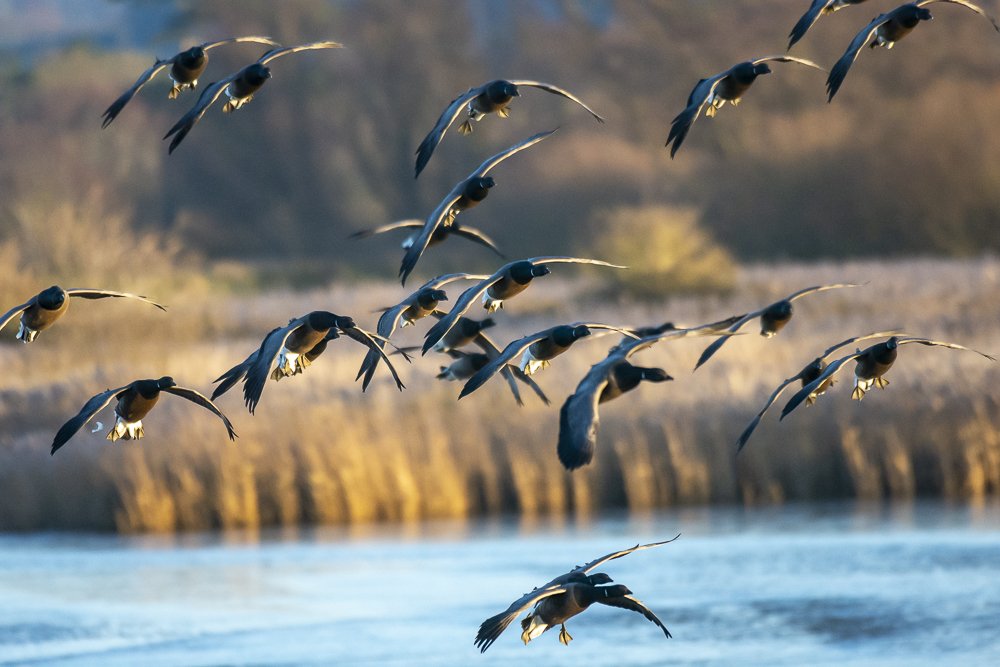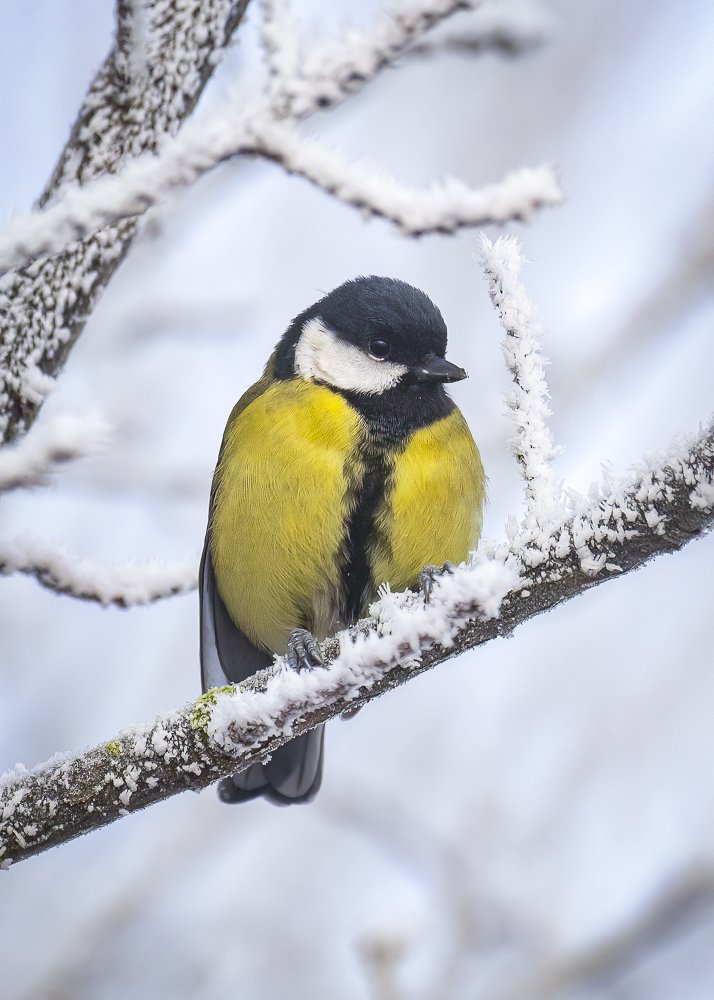2023 did not start well for us as we were both still suffering from the ‘flu virus. It went on and on and antibiotics were needed for chest infections.
By the middle of January, although still feeling under the weather we felt as though we needed a change of scenery and some fresh air. We decided to head to Summer Leys a nature reserve in Northamptonshire. It’s easy walking and they have a great bird feeding station where you can sit and watch and photograph a variety of birds, among them beautiful Bullfinches as well as Goldfinches, Greenfinches, Robins, Blue Tits and Great Tits and the lovely little Long Tailed Tits. So a gentle introduction for us, back to the world of wildlife photography. We were seriously out of practice and struggled with focusing and exposure modes, it felt like we were starting all over again.
A handsome Bullfinch at Summer Leys, a Wldlife Trust Site for Beds. Cambs. and Northants.
Long Tailed Tit at the feeding station Summer Leys.
The Redwing, a winter Thrush visiting from Scandinavia, turning over the leaf litter.
A nice bright Friday morning and we headed along the A14 to Ipswich where we knew some Waxwings had been spotted. We knew the name of the road and the postcode so off we went. The Waxwings were found on one single white berried Rowan tree. The tree was in a very built up area, between small blocks of flats. How on earth they found it is a mystery. By lunchtime it had started to cloud over and we were still feeling a bit lethargic, so we called it a day and headed home.
The RSPB Nene washes at Eldernell, Cambridgeshire has become a sort of Owl mecca this winter. This is one of Five Short Eared Owls that could be spotted in the hedgerow, this one didn’t seem to mind the attention. So lovely.
The three Long Eared Owls at Eldernell were extremely difficult to spot. Thanks to other birdwatchers who pointed them out. We managed this image but it is not that clear.
Further along the river bank towards a spinney on the other side of the river is probably now, the most famous and photographed wise Tawny Owl in Cambridgeshire. He can be seen most days just dozing in the warmth of the winter sunshine in an old tree and occasionally opening his eyes to watch the silly humans watching him. We think he may have got the balance of life right. We are calling the Owl a him but it might be a her, still as long as the other Tawnies know that’s okay.
If we had stayed until evening we may have seen several Barn Owls as well, what a place.
Redshanks on the saltmarsh at Brancaster Norfolk. A lovely walk with Eva dog on a bright very cold day in Norfolk. We just got in the car and waited to see where it took us.
Ooops! Parts of the lagoons at Titchwell were frozen and the Shoveller Ducks hadn’t quite worked out which was water and which was ice.
Curlew hunting the mud in the late afternoon sun at RSPB Titchwell, Norfolk.
Brent Geese arriving to spend the night on the Lagoons at Titchwell. Time for us to head into Hunstanton for Fish and Chips before heading home. It had been a lovely day but the extreme cold had started our coughing off again, we needed to get warm.
Another bright cold morning and we thought we might give Welney Wetlands another try. On arrival we found the wetlands in flood and all the paths over the road on the river side of the reserve were closed. Twice a day the reserve feeds the visiting swans and ducks and it looks like this volunteer drew the short straw. Not only was the reserve in flood it was icy. He must love his job.
The Whooper and Bewick Swans had moved on to nearby farmland to feed, as the water was too deep for them to reach down to feed, with exception of a young Whooper Swan who had worked out it was probably easier to wait for the food to come to him on a wheelbarrow.
Although the Swans had moved out for a while the Ducks were plentiful. Look at the red eye on the male Pochard. You will only see predominately Male Pochard at Welney as the females have far more sense and have migrated to Spain for the winter.
Welney is a great place to spot a resident Barn Owl. It can be seen during the day in the winter as it hunts the river bank and Lady Fen fields.
A Sunday morning dog walk through our local woodland.
Such a glorious Sunday morning and a glimpse of the local running group out along the footpath.
Frost covered Teasels.
Its a lovely day, lets go to Southwold to find some Waxwings, he said. We left in bright sunshine and a Hoar frost, just as we reached the other side of Diss we hit a weather front and the cloud did not lift all day. The Waxwings at Reydon, however were very obliging.
Waxwing, lovely birds.
Another bright cold morning and he said, looks like being a good day lets go and see if the Owls are flying at Welney, its cold, so they might be hungry. And yes, it was a stunning morning, with bright skies and hoar frost hanging from the trees, and very cold. We were hopeful. But, as seem to be the pattern for us at present, just as we crossed the fen nearing Welney we hit a fog bank. Only local says he, it will be clear soon. Famous last words. We could not see a thing all morning, so we took pictures of the birds we could see around the visitor centre, like this Blue Tit.
A Great Tit with cold toes.
The lovely sculpture on the path as you enter the Welney visitor centre outlined with a deep covering of frost.
A cheeky House Sparrow, of which there were many, fluffed up against the cold.
A Tree Sparrow, notice the brown head unlike the House Sparrow which has a grey head. These are not as common as the chirpy House Sparrow.
A Hen Pheasant on her way to find some easy pickings under the feeders.
A glimpse of a Barn Owl as it made its way out over Lady Fen fields. Wonder if it managed to find anything to eat.
Reed Bunting, another little bird looking a bit cold.
A cock pheasant just visible in the fog. Its getting thicker, so we decided to head for home, and as usual it was a lovely sunny day “back at the ranch”. We couldn’t believe it.
Great Garden Birdwatch weekend, and how lucky were we. A pair of Blackcaps decided to make an appearance just as herself was doing the count. Lovely little birds. A few Blackcaps stay and over winter in the UK but most head off to Spain and the warmer weather. Research has shown that the Blackcaps we get in the UK in the winter have probably migrated down from Siberia and Scandinavia to spend the winter here, which is warmer than staying where they are as our winters are becoming milder. They are welcome.






























